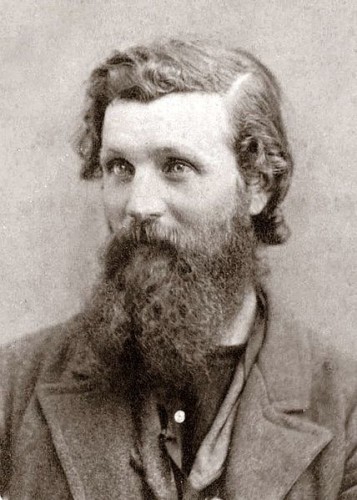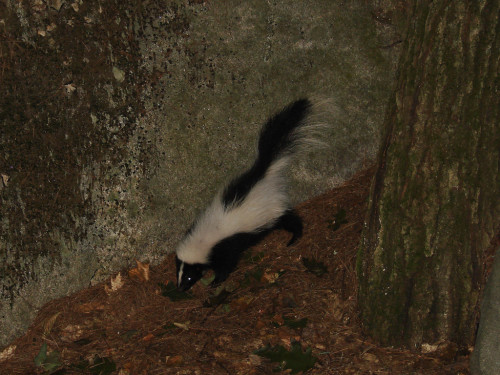 While watching a documentary on PBS about naturalist John Muir, I was struck by two thoughts:
While watching a documentary on PBS about naturalist John Muir, I was struck by two thoughts:
Fame is so fleeting and death is but one part of forever.
For those who are unfamiliar with Muir, he was the original tree-hugger. Muir spent his entire life studying nature and extolling its virtues. He even founded the Sierra Club, one of the oldest and largest organizations dedicated to exploring, enjoying and protecting the planet.
After Muir learned to read, he came to idolize a man named Alexander von Humboldt. A Prussian geographer, naturalist and explorer, von Humboldt was one of the most famous men in Europe during the 19th century. Numerous monuments in the U.S. and abroad were constructed in von Humboldt’s honor. Awards and special titles were bestowed, and nearly a dozen species were named after him. Yet in 2013, he has become a mere notation in history.
Have you ever heard of von Humboldt? I hadn’t. That said, Muir’s fascination piqued my curiosity. I’ve already a done a bit of web-surfing, but if anyone can suggest a great von Humboldt biography, please let me know.
Another thing I learned while watching this film was that as a young man, Muir embarked on a 1,000-mile walkabout. During this adventure, he immersed himself in nature and studied its untamed beauty. And when he ran out of money, Muir slept in the Bonaventure Cemetery, a serene boneyard in Savannah, Ga. At the time, he wrote:
“I gazed awe-struck as one newly arrived from another world. Bonaventure is called a graveyard, a town of the dead, but the few graves are powerless in such a depth of life. The rippling of living waters, the song of birds, the joyous confidence of flowers, the calm, undisturbable grandeur of the oaks, mark this place of graves as one of the Lord’s most favoured abodes of life and light.”
You can watch the Muir documentary here:
Watch John Muir in the New World on PBS. See more from American Masters.
Photograph of John Muir by H. W. Bradley (1813–1891) and William Rulofson (1826–1878); original source: Holt-Atherton Library, University of the Pacific, Stockton, Calif.
